Film Developing
1-3 DAY SERVICE TIMES
You could say we know our way around a roll of film—it’s how we got started, way before digital was a thing. We use time-tested techniques to develop your film, then carefully scan and digitize each shot. Every negative gets a pro-level checkup for color, sharpness, and detail, so your prints and files look amazing and last for decades. Want prints from your film? We’ve got you covered with gorgeous, long-lasting options.
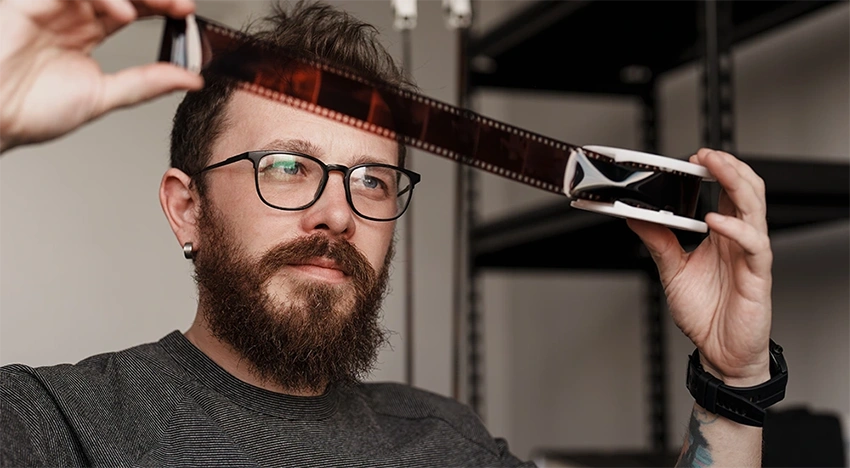
Film Developing
We process C-41 color film on site at our Lansing, MI lab.
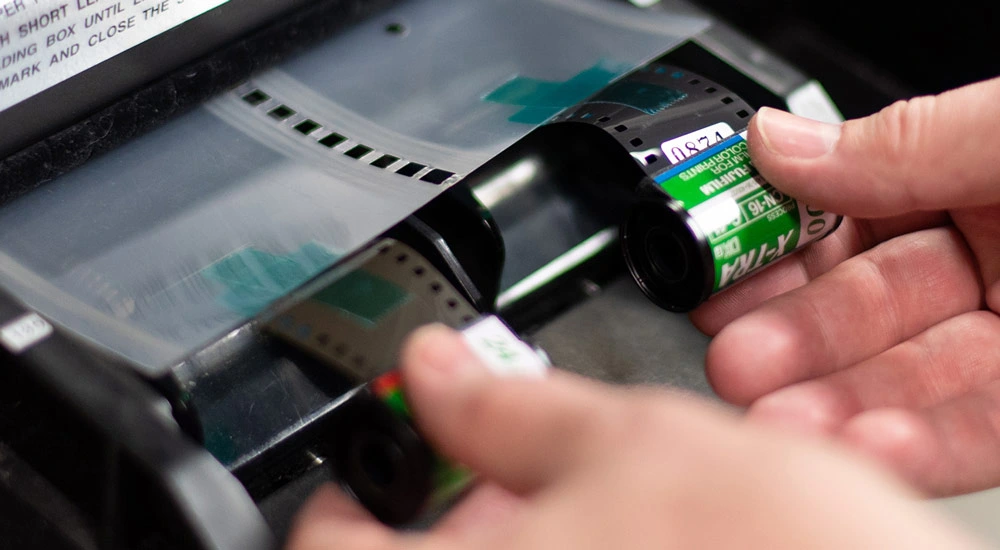
Mail-In Service
For film shooters who aren't nearby, try our mail in service.
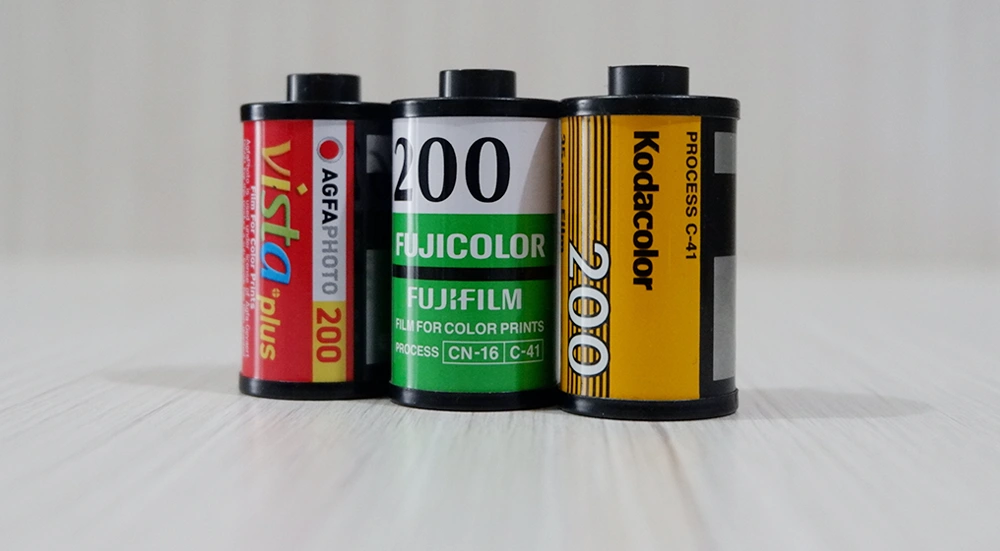
Shop Film
Your favorite film brands available for purchase online!
Expert Film Developing for Timeless Results
We use a trusted, traditional developing process before scanning, digitizing, or printing your shots. With our film processing services, each and every negative is analyzed to optimize color, density, and sharpness. Our experienced production team personally inspects every photo for quality so your digital files and prints from film will last. In fact, our archival quality papers will last at least 80 years without fading and discoloration.
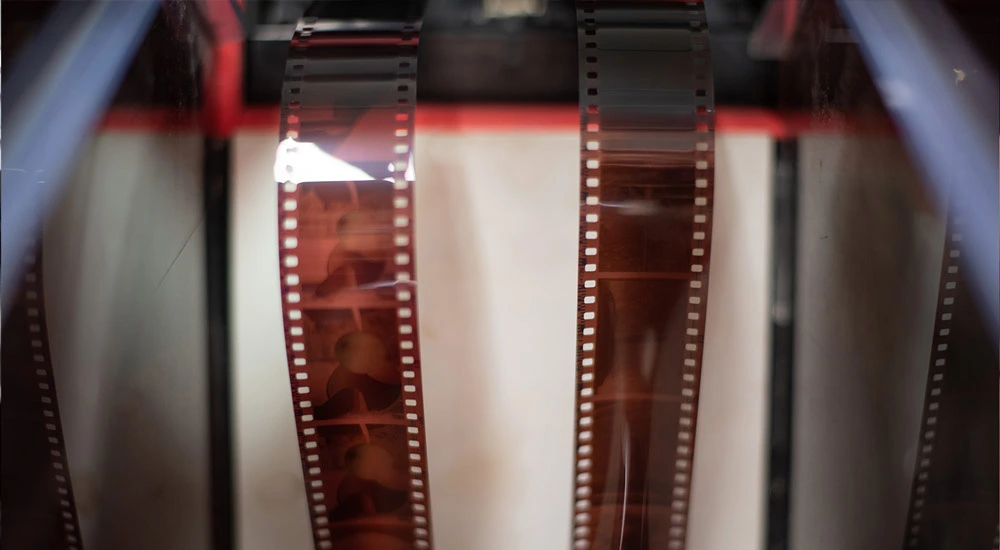
C-41 formats include 35mm, 120/220 color rolls.
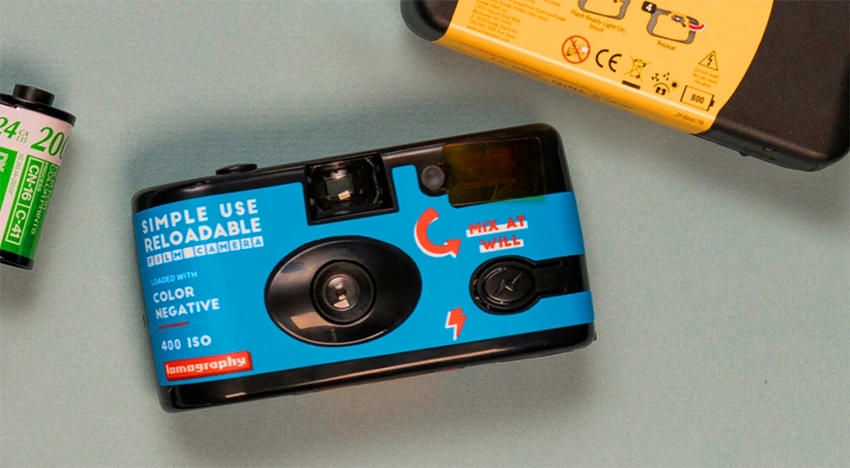
Yes! We process single-use 35mm C-41 cameras too!
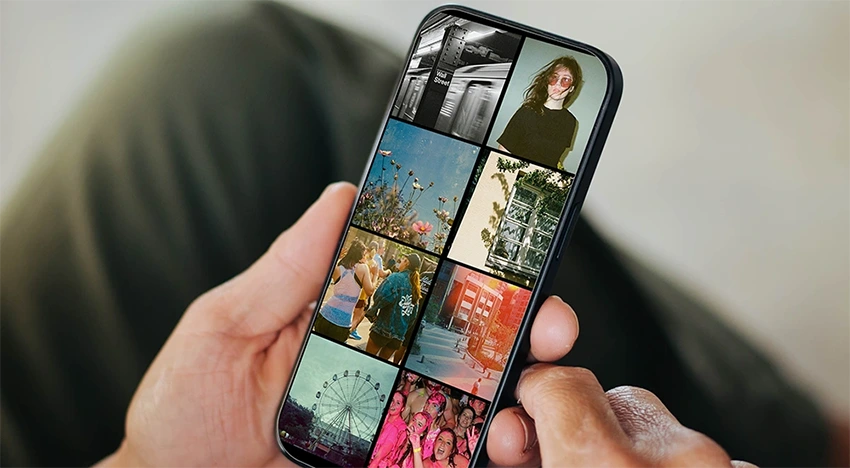
Your negatives are digitized and delivered via USB or email download.
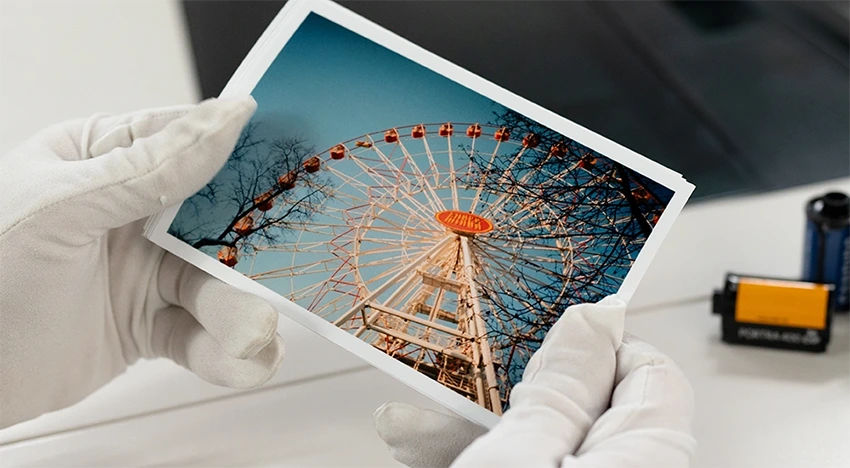
Print your film shots on photo paper, canvas, or metal!
Film Services + Options:
- Traditional film processing service
- Film negatives are digitized to USB drive or provided in digital download format
- Reprints and enlargement prints
- Duplication and copies
- Retouching and color correction
- Borders, text overlays and other specialty services available upon request
C-41 Film Developing:
- 35mm
- 120/220
- Single Use/Disposable Camera Film (35mm)
Specialty Film Processing:
- Black & White, APS and E-6 processing is available.
Digital Image Delivery:
- For those who want to use their film images for social media, editing and instant sharing – you will receive an emailed link to download your shots in digital format.
- Your images will be stored in an online gallery directly on our site. From there, it's extremely easy to order prints, enlargements, and creative products from your film shots.
- Choose from a standard resolution and high resolution scan of your film.
Service Time:
- 1-3 Business Days (1-hour Rush Service is also available depending on volume.)
Pricing: Color C-41, 120 & 220
| Develop & Digital Scans (all exposures) | $15 per roll |
| Add 4x6 Prints | $5 per roll |
| Black & White Film | $20 per roll |
| Slide Film | $11 per roll |
| Keep your negatives | $2 per roll |
Film Developing FAQs
-
What’s the difference between 35mm, 120, 110, and APS film?
They’re just different formats—mainly in size and shape.
• 35mm: Most common. Works in point-and-shoot and SLR cameras.
• 120 (Medium Format): Larger negatives = higher image quality. Used in pro gear.
• 110: Tiny film for pocket cameras. No longer made.
• APS: Older rare cartridge film. -
How do I know what kind of film I have?
Check the canister for markings. Still unsure? Bring it in—we’ll help you figure it out.
-
Will I get digital scans, prints, or both?
It's up to you! Our pricing is structured to make it easy to add a set of prints to your order. There's nothing quite like a print from film, so we always recommend both. We produce just about any size print up to 40x60" in size and on a variety of archival paper and media options.
-
Will you correct color and exposure? Or do you scan film “as-is”?
We do a general color and density enhancement on all scans to ensure your images look their best.
-
What is the process and payment method for mailing in film?
Mailing in film is the same as in store film drop off except at check out you select "mail in" instead of "in store". You are then presented a payment page to complete your transaction.
-
Can film be pushed or pulled during development, and for which types?
We do not offer on-site push/pull. We do have an offsite service that can push/pull as on option for B&W and C-41. Add 2-3 weeks for that service.
-
How is developed film shipped back to me and what shipping options are available?
Developed film is shipped back via USPS First Class Mail.
-
Why do my image files say 72 dpi when I paid for high resolution scans at 300 dpi?
That’s a great question—and it comes down to how different software reads image files. Our standard resolution scans are 300 DPI at an 8x10 print size, which is true high resolution. However, when you check the file properties on a computer, some programs may display the image as 72 DPI at a much larger size (like 40x24 inches). This doesn’t mean the quality is lower—it’s just how the image dimensions are interpreted digitally. For reference, our high-resolution scans are 600 DPI at 8x10. In fact, many of our commercial clients stopped offering separate "high-res" options because our standard scans were better than the high-res files they used to get from other labs. Rest assured—if you ordered 300 DPI scans, that’s exactly what you received!
-
Do I have to pay for scans or prints at the time of my film processing order?
Yes. We ask that all of our lab services are paid in full at time of order placement.
-
What could cause faint images, poor color or grainy photos on my negatives?
Faint images can be caused by many factors including the camera's metering system being out of calibration, film exceeding the expiration date, film left in a hot car, and improper settings when photographing. Color film usually performs best when shot at half of the suggest ISO/ASA rating. Poor color can be caused by improper film choice (shooting "professional film" which is intended for studio work and made to lessen contrast) when an armature film will add contrast and color definition, old or expired film, and film exposed to excessive heat. Grainy film usually is underexposed by the photographer either by accident, or by a camera needing the exposure meter calibrated. High ISO/ASA film can also give a grainy effect. If hand developing film, excessive agitation during the process will also cause excessive grain.
-
Is cross-processing offered for film?
Cross processing film is available from E-6 to C-41, and B&W to C-41.
-
Can altered, cinema, ramjet or boiled films be developed?
Film that has been altered the user by adding chemical baths, and cinema/ramjet films are not allowed for processing.
-
What happens to blank film after processing?
Whether or not to have the film (negatives) returned to you, is an option when placing the order. If the film is blank, you will be notified via email, but negs will only be returned if that option is selected at time of ordering.
-
What causes vertical or horizontal reddish or yellow bands on negatives?
Reddish bands on your images is usually caused by the foam seals on your cameras back door being degraded. Most 35mm cameras come from the 1980s, making them around 45 years old. Foam material used by most manufactures of cameras will turn sticky and fall off of the camera in time, allowing daylight to expose your film when in the camera causing the reddish streaks.
-
What could cause my negatives to be blank, clear or show no exposure?
It’s most likely that the film did not go through the camera. Most 35mm cameras have mechanical film counters that work off the advance film system, and will count even if there is no film in the camera. If the film does not get attached correctly when loaded, the counter will still count up, but the film never advanced. Watch the film rewind knob for movement when loading and advancing help confirm the film is moving inside the camera. Another common cause is a camera's shutter not opening correctly (or at all) during the exposure process. This is caused by the older cameras which have been damaged by pressing on the shutter when loading the film, or a camera that has become gummed up due to age or broken.
-
What happens if my roll doesn’t turn out or has very few images?
The development/scanning process is identical whether the film has 1 image or 36 images, so the time spent by our lab team is the same. A partial refund is only given if the film is totally blank and the scanning process can be skipped.
-
Why might pictures on my negatives overlap or be too far apart?
Images too far apart or too close/overlapped are caused by a problem with the cameras advance system. Have your camera checked by a repair technician.
-
What should I do if I didn’t receive my scans on time?
Our scanning process usually gets your images back to you in about 1 day, but we do allow 1-2 days as a policy to account for heavy days. Feel free to call the lab if you would like to check on your order.
-
Is film development refundable if my roll is blank?
The development/scanning process is identical whether the film has 1 image or 36 images, so the time spent by our lab team is the same. A partial refund is only given if the film is totally blank and the scanning process can be skipped.
-
How should I pay for mail-in film services?
Payments are automated by our web site and can only be taken through that process. Mail in orders will automatically take you to the payment page before finalizing the order for mail in.
For more information, please contact us.
Contact Us